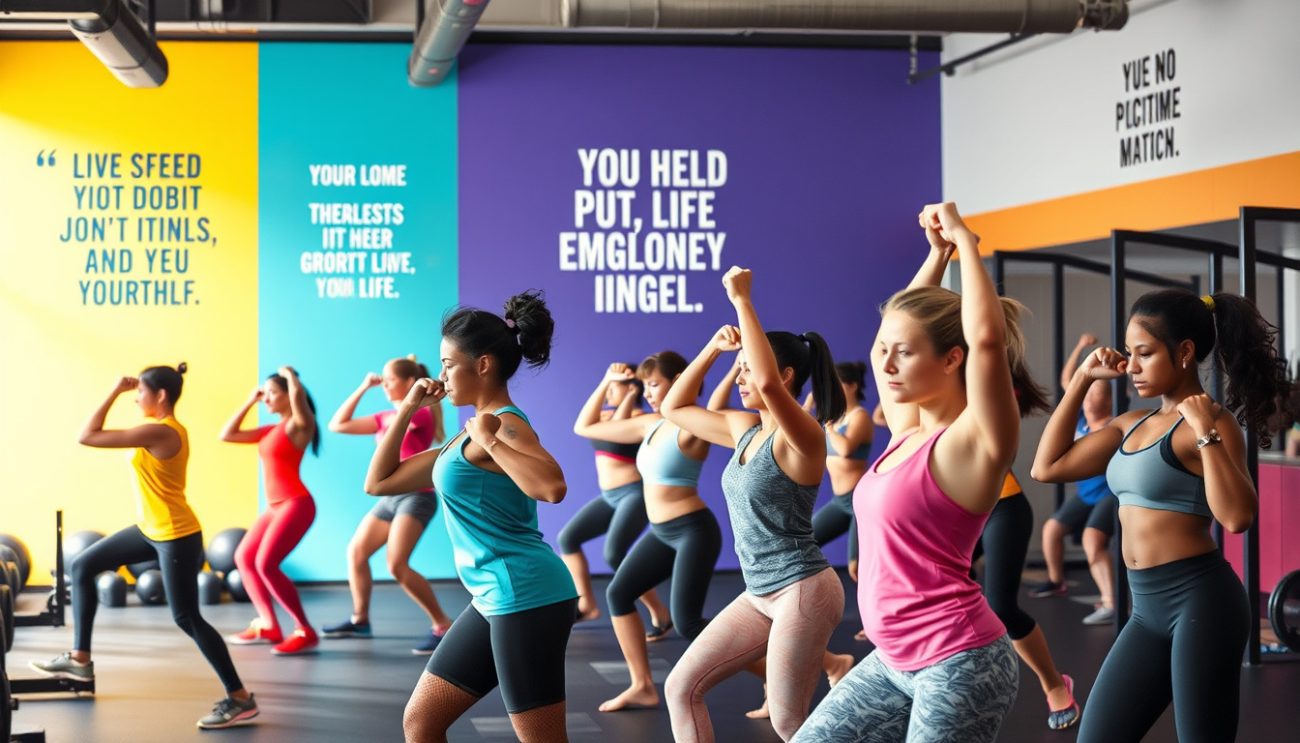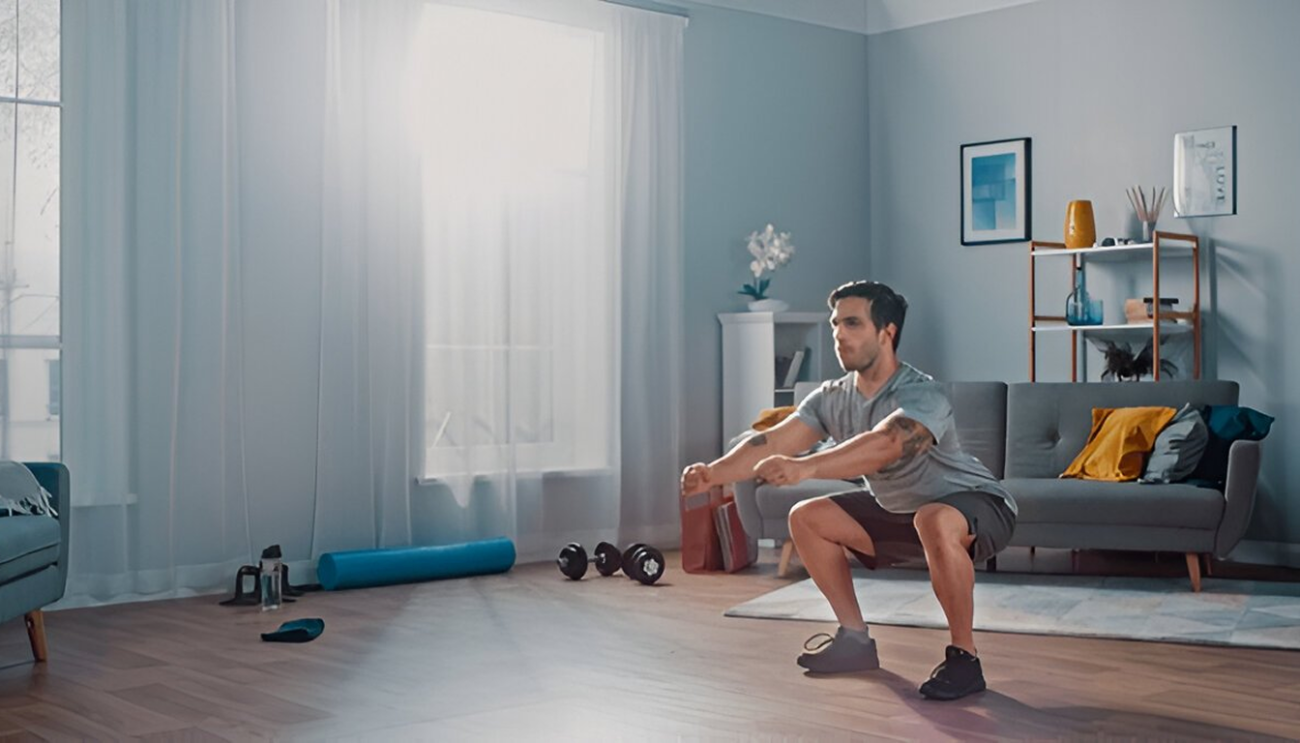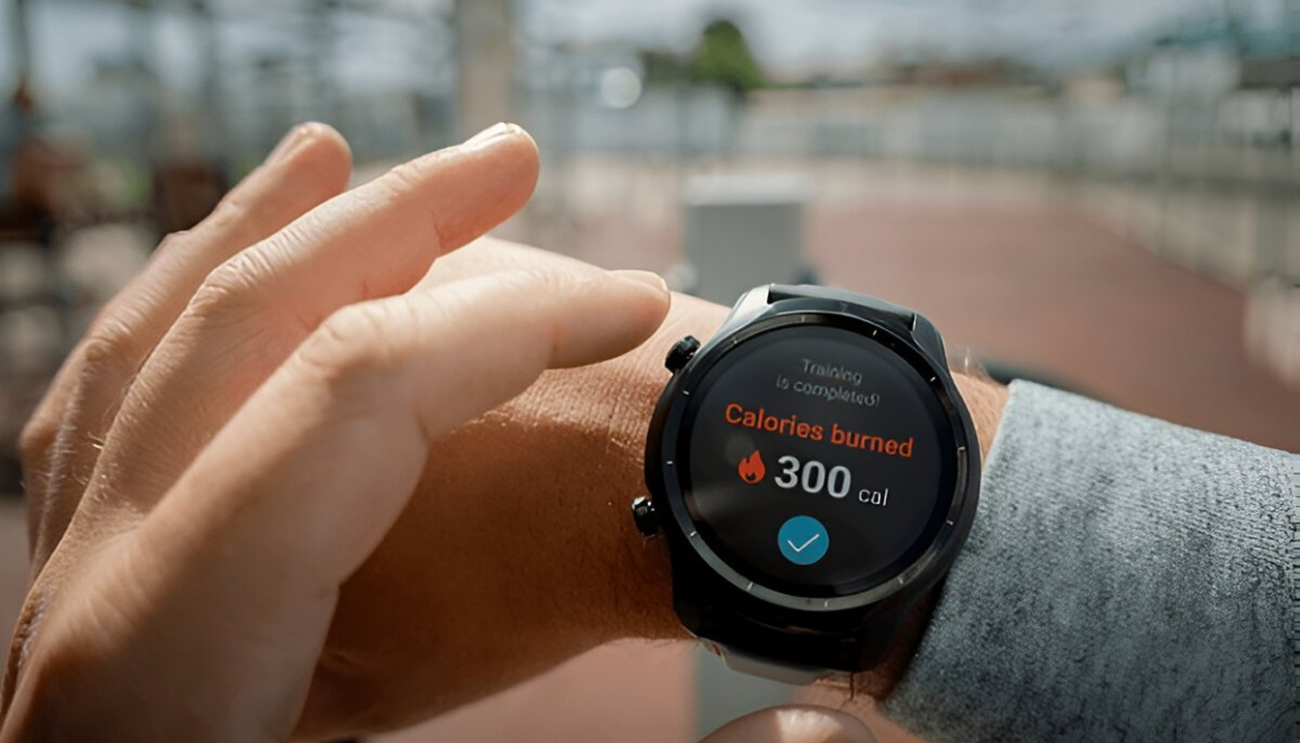Transform Your Core: A 10-Day Guide to Strength and Stability
Achieving a stronger, more stable core is essential not only for fitness enthusiasts but for anyone looking to improve balance, posture, and overall daily function. Over just 10 days, you can make significant strides toward
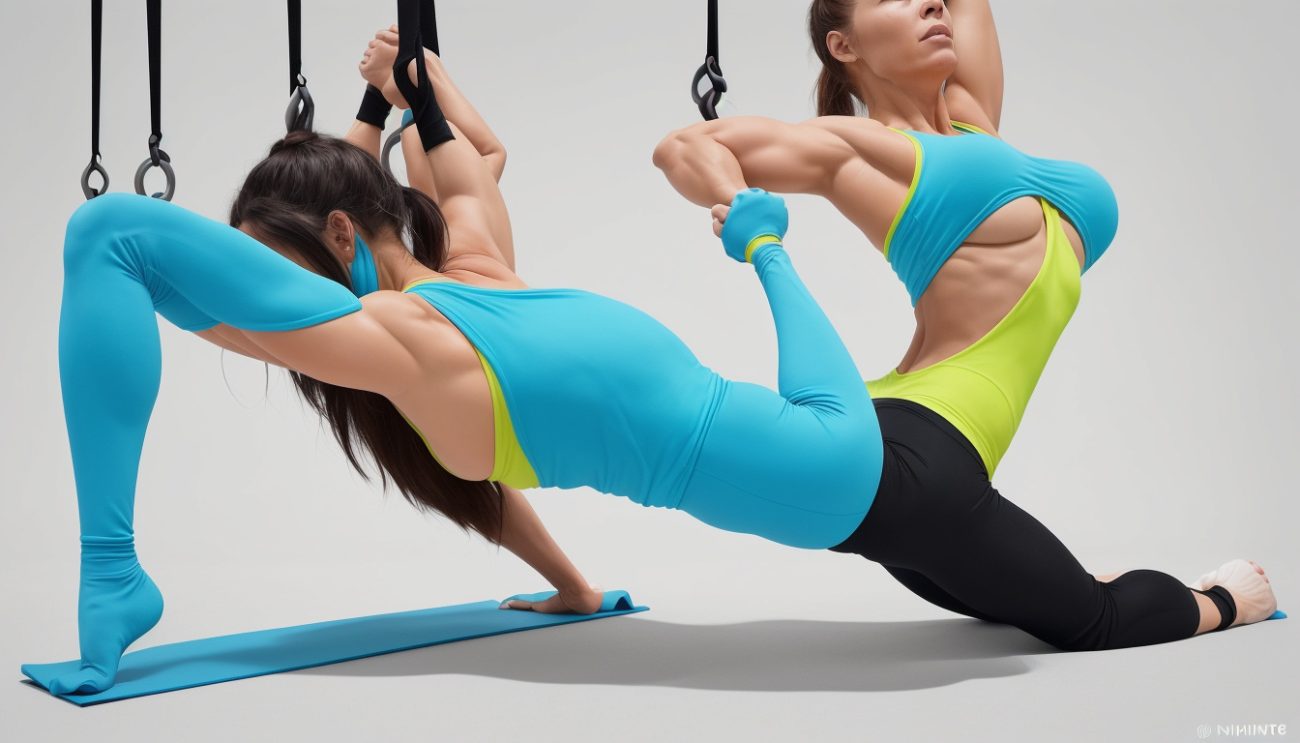
Achieving a stronger, more stable core is essential not only for fitness enthusiasts but for anyone looking to improve balance, posture, and overall daily function. Over just 10 days, you can make significant strides toward building core strength with targeted exercises and mindful practice. This guide synthesizes expert advice and effective workout progressions to help you transform your core safely and efficiently.
Understanding Your Core
Your core is much more than the superficial "six-pack" muscles. It comprises a complex group of muscles including:
- Rectus abdominis: The familiar "six-pack" muscle, aiding forward flexion.
- Obliques (internal and external): Responsible for rotation and side bending.
- Transverse abdominis: Deep layer that stabilizes the pelvis and spine.
- Erector spinae: Back muscles that help you stand upright and rotate.
- Multifidus: Deep back muscles supporting the spine.
- Pelvic floor muscles, diaphragm, glutes, hip flexors, hamstrings, and hip adductors: These assist in core stability and functional movement.
Strengthening all these components enhances spinal support, balance, and functional movement for everyday tasks like walking, bending, and lifting.
Why Focus on Core Strength?
A well-conditioned core improves:
- Posture and alignment – Reduces strain on the spine and prevents back pain.
- Balance and stability – Enhances performance in sports and reduces risk of falls.
- Efficient movement – Facilitates better mechanics in exercises and daily activities.
- Injury prevention – A strong core helps protect muscles and joints by evenly distributing physical stress.
The 10-Day Core Strength Program: An Overview
This program balances beginner-friendly exercises with progressive challenges to activate and engage all core muscle groups. It incorporates breath control and mindful movement, essential elements highlighted by Pilates experts, making it appropriate for all fitness levels.
What You Need
- Exercise mat
- Optional: Towel or sliders for modifications
- Comfortable clothing
Daily Commitment
- 10 to 15 minutes per day
- Consistent breathwork and muscle engagement
- Gradual progression from basic to intermediate movements
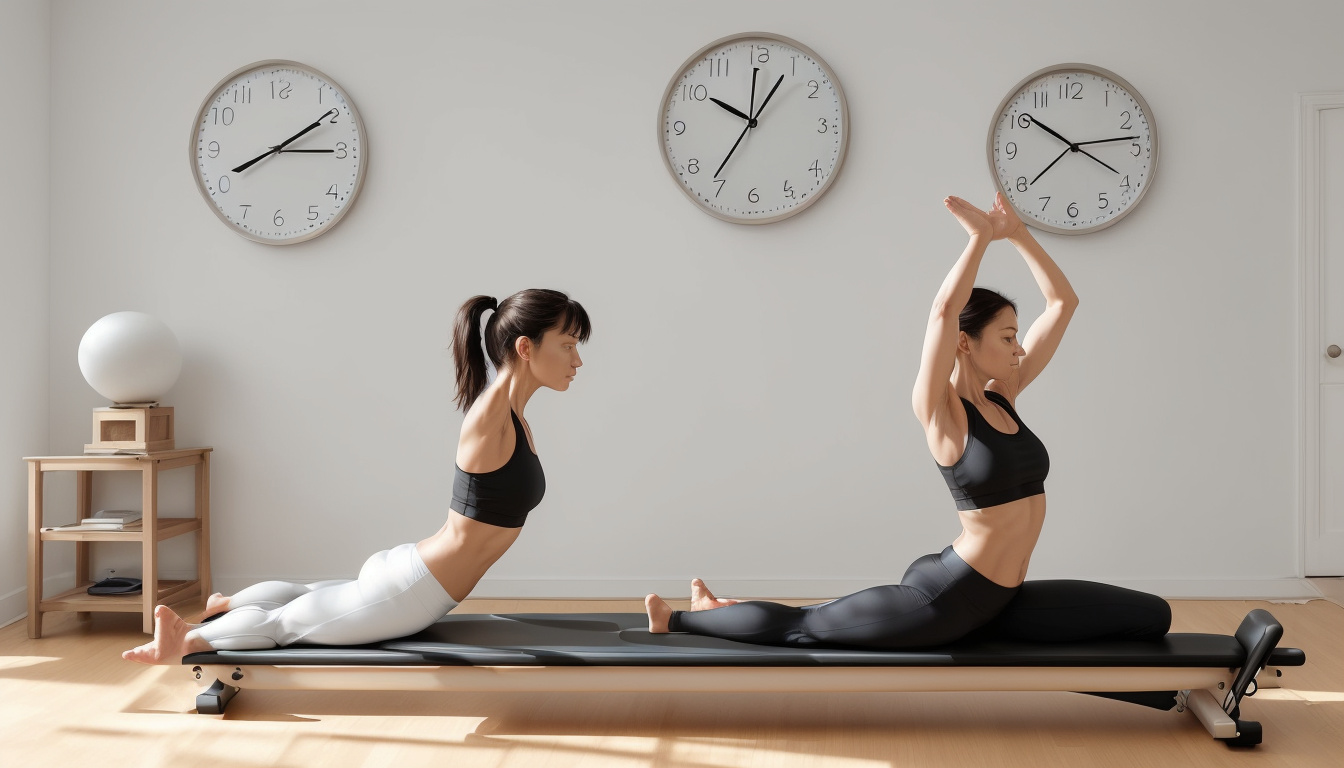
Day 1-3: Build the Foundation
Focus: Core Engagement and Basic Strength
Exercises:
-
Bridge
Lie on your back with knees bent and feet hip-width apart. Engage your core and glutes, then lift your hips to align your knees with your shoulders. Hold for 10-30 seconds. Repeat 3-5 times. -
Crunches
With knees bent and feet flat, engage your core, tuck your chin, and lift your upper back off the floor. Avoid neck strain. Perform 8-12 slow reps for 1 set. -
Supine Toe Taps
Lying on your back, legs lifted with knees bent at 90 degrees, tighten your core. Slowly lower one foot to tap the floor without arching your back. Alternate legs for 8-12 reps each. -
Bird Dog
On all fours, engage your core and extend your right arm and left leg parallel to the floor. Hold briefly and switch sides. Perform 8-12 reps per side.
Tips: Breath control is key — inhale deeply, then exhale as you tighten your core, imagining drawing your belly button toward your spine.
Day 4-7: Strengthen and Challenge Stability
Focus: Core Control and Functional Strength
Exercises:
-
Plank
From hands and knees, extend legs so your body forms a straight line from head to heels. Hold core tight and neck neutral. Begin with 10-30 second holds, repeating 3-5 times. -
Warrior Crunch
Stand with feet wide, toes turned outward, and hands behind your head. Lower into a squat, then bend your torso toward one side to bring your elbow down. Alternate sides for 8-12 reps. -
Bird Dog with Elbow to Knee
Same set-up as Bird Dog, but now bring your elbow and knee together under your body before extending again. Perform 8-12 reps each side. -
Bicycle Crunch
Lying back, bring one elbow toward the opposite knee while extending the other leg. Alternate continuously for 3 sets of 12 repetitions.
Day 8-10: Integrate Breath and Deeper Activation
Focus: Core Stability, Breath, and Pilates Principles
Drawing from Pilates fundamentals, focus on:
- 3-D breathing: Engage your diaphragm and expand your ribs sideways and back, not just the belly.
- Precise core activation: Engage transverse abdominis and pelvic floor deeper while maintaining neutral spine.
Repeat a combined routine including:
- Mat Pilates exercises targeting obliques, back, and transverse abdominis.
- Breathwork drills to improve core activation.
- Modified planks and side planks for lateral strength.
Additional Tips for Success
- Listen to Your Body: Progress at your own pace. If any movement causes pain (especially low back or neck), modify or reduce reps.
- Consistency Over Intensity: Daily short sessions yield better results than occasional long workouts.
- Integrate Core Work Into Other Activities: Use cues such as "brace your core" while walking, lifting, or during other workouts.
- Skill Practice and Core Strength: Improving core strength should go hand-in-hand with practicing complex bodyweight skills like L-sits and handstands. Start with dedicated core workouts and progressively add skill practice as your base improves.
Conclusion: Your Stronger Core Awaits
In just 10 days of focused, mindful practice, you can establish a stable and powerful core foundation. By following this progressive plan combining foundational exercises, Pilates breath techniques, and functional movements, you’ll enhance your posture, balance, and movement efficiency—all critical for everyday life and advanced physical pursuits.
Commit to these 10 minutes a day, engage your core consciously, and feel the transformative difference a stronger core brings to your body and lifestyle.

